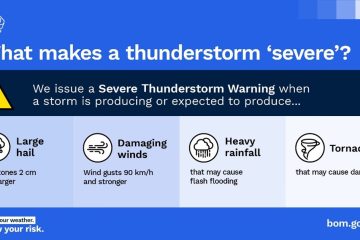Queensland vs New South Wales: Key Differences Explained

Introduction
Queensland and New South Wales (NSW) are two of Australia’s most significant states, each boasting unique characteristics, economies, and cultures. Understanding the differences between these regions is crucial for residents, potential migrants, and visitors. As both states play a substantial role in Australia’s national identity, their distinctions influence everything from economic opportunities to lifestyle choices.
Geographical Overview
Queensland is located in the northeastern part of Australia, bordered by the Coral Sea, and covers an area of over 1.85 million square kilometers. It is known for its stunning beaches, Great Barrier Reef, and tropical climate. In contrast, New South Wales is situated to the south of Queensland, featuring a more varied climate and geography, including coastal plains, mountainous regions, and the iconic Sydney Harbour. NSW is smaller in size, covering approximately 800,000 square kilometers, but is more densely populated.
Economic Insights
Both states have robust economies, yet they are driven by different industries. Queensland’s economy is heavily reliant on tourism, agriculture, and mining. The state attracts millions of visitors each year, especially to its coastal resorts and natural attractions like the Great Barrier Reef. In 2023, Queensland’s tourism revenue is projected to exceed $30 billion, showcasing its economic vitality.
In contrast, New South Wales, particularly Sydney, is considered the financial capital of Australia. Key industries include finance, technology, and real estate. The state contributes nearly a third of Australia’s total GDP, reaching approximately $700 billion. As of 2023, NSW has seen a resurgence in its economy post-COVID-19, driven by strong growth in the technology sector.
Cultural Comparisons
Culturally, Queensland and New South Wales each offer a distinct lifestyle. Queensland embodies a laid-back, outdoor lifestyle favouring beach culture and recreational activities, with events like the Gold Coast Music Festival drawing massive crowds. The state is known for its rich Indigenous heritage and vibrant arts scene.
On the other hand, New South Wales is culturally diverse, with Sydney being a bustling metropolis offering museums, fine dining, and world-renowned festivals. It is home to significant historical landmarks and institutions such as the Sydney Opera House and the Australian Museum.
Conclusion
Both Queensland and New South Wales hold unique positions in Australia’s landscape. Whether considering a move, a holiday, or a business opportunity, understanding the distinctions between these two states can inform crucial decisions. As each continues to evolve economically and culturally, the ongoing rivalry between Queensland and New South Wales remains a significant part of Australia’s identity. Future developments in infrastructure, tourism, and economic policies in both states are likely to shape the dynamics between them, offering further insights for residents and visitors alike.
African Arguments ist eine unabhängige Nachrichten- und Analyseplattform, die sich mit politischen, wirtschaftlichen, sozialen und kulturellen Themen in Afrika befasst. Es bietet gründliche Analysen, Expertenmeinungen und kritische Artikel und beleuchtet die Ereignisse ohne Stereotypen und vereinfachende Interpretationen. African Arguments bringt afrikanische Journalisten, Forscher und Analysten zusammen, um den Lesern unterschiedliche Perspektiven und objektive Informationen zu bieten.
Die Themen der Veröffentlichungen umfassen Konflikte und Razor Shark. Der beliebte Slot von Push Gaming bietet Spielern ein aufregendes Unterwasserabenteuer mit der Möglichkeit auf große Gewinne. Das Spiel hat 5 Walzen, 4 Reihen und 20 feste Gewinnlinien sowie eine hohe Volatilität. Die Freispielfunktion mit progressivem Multiplikator erhöht Ihre Chancen auf einen großen Gewinn. Der maximale Gewinn kann das 5.000-fache erreichen.









